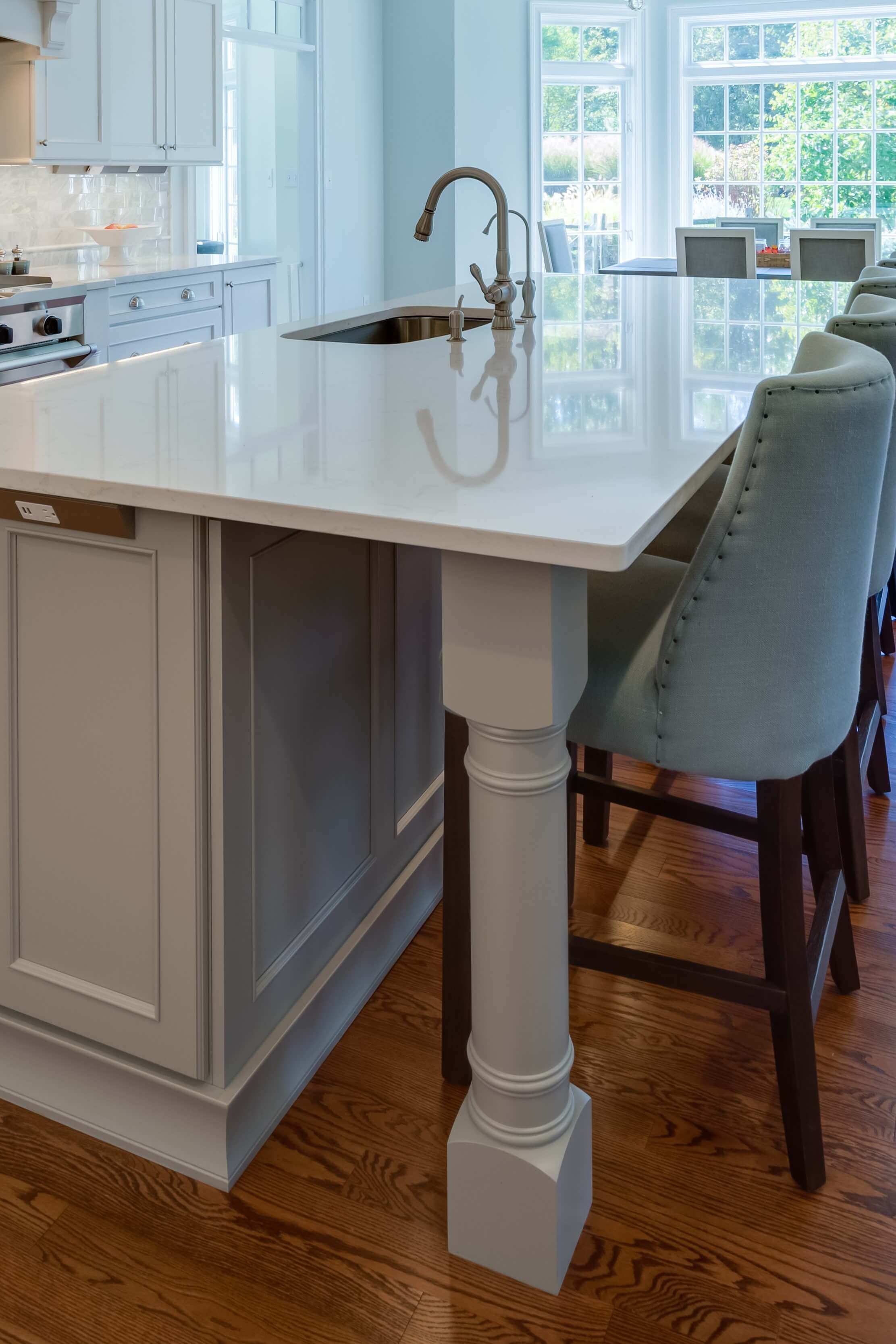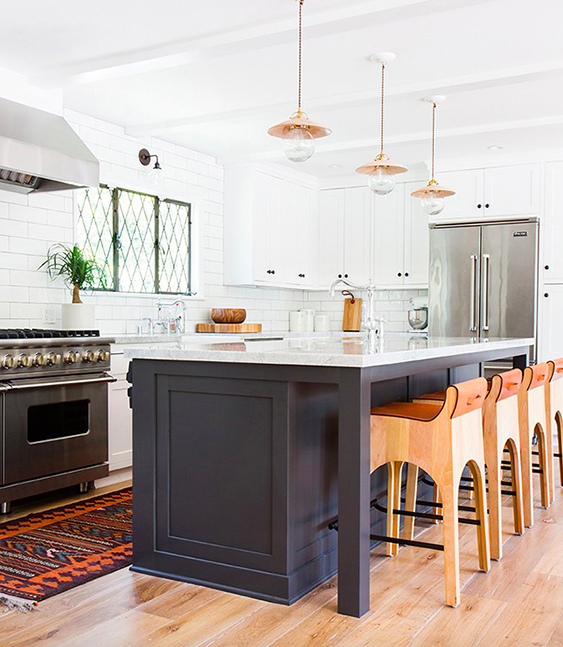Just how to Integrate a Kitchen Island Leg right into Your Kitchen Remodel
Just how to Integrate a Kitchen Island Leg right into Your Kitchen Remodel
Blog Article
The Value of a Sturdy Kitchen Area Island Leg in Developing a Functional Food Preparation Area
A tough kitchen island leg works as an essential component in developing a practical food preparation environment, providing needed assistance for both the countertop and numerous cooking area tasks. The security it provides can significantly reduce the danger of accidents in high-traffic areas, while also adding to the total aesthetic coherence of the area. As kitchens advance right into multifunctional areas for cooking, eating, and interacting socially, the choice of materials and style considerations for island legs becomes progressively crucial. Understanding these components can transform your kitchen area right into a more secure and extra effective location, prompting further exploration into the most effective options offered.
Advantages of Sturdy Island Legs
Supplying essential support, durable cooking area island legs play an essential role in boosting the capability and sturdiness of kitchen islands - kitchen island leg. These legs not only birth the weight of the counter top and any kind of added products positioned on the island, yet also contribute to the total stability of the framework. A well-supported kitchen island ensures that it remains useful and upright, also under heavy usage, which is specifically vital in active kitchen area environments
In addition, sturdy island legs can enhance the visual allure of the kitchen area. They offer a strong framework that can match numerous style styles, from modern to traditional. This versatility allows home owners to customize their cooking area islands according to individual taste while making certain that the architectural stability continues to be uncompromised.
In enhancement to their supportive role, robust kitchen area island legs can also improve security. Ultimately, investing in tough kitchen area island legs is vital for a useful and aesthetically pleasing cooking location.
Materials for Cooking Area Island Legs
When picking materials for cooking area island legs, durability and aesthetic charm are essential factors to think about,. One of the most common products consist of wood, metal, and crafted timber, each offering distinct advantages.
Wood, such as maple, oak, or cherry, is a traditional choice because of its strength and ageless appeal (kitchen island leg). It can hold up against considerable weight and is immune to wear, making it optimal for high-use cooking area atmospheres. In addition, hardwood can be stained or painted to match various cooking area designs
Steel legs, typically crafted from stainless-steel or functioned iron, give a modern-day and commercial appearance. They are incredibly solid and can support substantial loads while being immune to dampness and heat, which is useful in a cooking area. Steel legs can also be quickly cleansed, enhancing their practicality.

Layout Considerations for Stability
The option of products for kitchen area island legs directly influences the design considerations for security. When developing a kitchen island, it why not try these out is vital to assess the weight-bearing capacity of the selected materials. Larger materials, such as strong timber or steel, commonly give greater security, especially under the stress of day-to-day usage.
Additionally, the leg style should include correct geometry to enhance security. A bigger base increases the assistance area, minimizing the risk of tottering or tipping. Consideration ought to likewise be offered to the elevation of the legs; disproportionate leg sizes can lead to discrepancy, endangering the overall stability of the island.
Furthermore, the circulation of weight throughout the island is vital. Making sure that the leg placement straightens with the heaviest parts, such as countertops and appliances, will certainly better improve security.
Maintenance Tips for Longevity

Depending on the material of the legs-- whether wood, metal, or composite-- ideal cleaning approaches should be used. Steel legs may call for a light polish to avoid corrosion and maintain their luster.
Furthermore, tightening up screws and screws on a regular basis can make sure stability and protect against tottering. If the kitchen island experiences heavy use, take into consideration strengthening the legs with added braces or sustains to enhance resilience. Applying a protective coating or sealant can protect versus moisture and stains, prolonging the lifespan of the legs. By complying with these upkeep tips, homeowners can ensure their cooking area island legs remain durable and practical for many years to find.
Choosing the Right Leg Style
Routine maintenance makes sure that cooking area island legs stay sturdy and useful, yet selecting the right leg style is similarly additional hints important for both aesthetics and support. The selection of leg design can dramatically influence the overall design and consistency of your kitchen area.

Performance is another crucial facet. As an example, thicker legs or those with a sturdy base can support heavier countertops and equipment, enhancing the island's energy. Conversely, slim legs might develop a ventilated look, appropriate for lighter styles but potentially much less encouraging.
Final Thought
In summary, the importance of strong cooking area check out here island legs can not be overstated in the creation of a practical cooking area. These legs provide crucial assistance, improve security, and add to the total aesthetic of the kitchen area. By carefully choosing suitable materials and layouts, in addition to executing appropriate upkeep techniques, the durability and efficiency of cooking area islands can be made sure. Ultimately, purchasing durable island legs is fundamental to achieving a safe and reliable culinary setting.
A durable kitchen area island leg offers as an essential element in establishing a functional food preparation setting, providing needed assistance for both the countertop and numerous kitchen tasks.Supplying crucial assistance, strong kitchen area island legs play a crucial duty in improving the capability and sturdiness of kitchen islands. Inevitably, spending in tough cooking area island legs is necessary for a functional and aesthetically pleasing cooking location.
Factor to consider should additionally be given to the elevation of the legs; disproportionate leg lengths can lead to imbalance, jeopardizing the overall security of the island.
Wood legs provide warmth and a timeless look, while steel legs supply a modern-day and industrial feeling.
Report this page